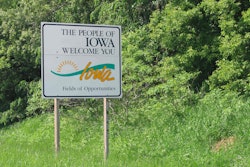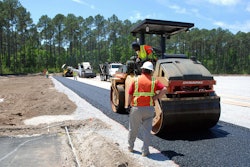 Four people died in this bus crash August 2, 2016, near Livingston, California. The carrier company, Autubuses Coordinados, had a history of safety inspection failures. Photo credit: California Highway Patrol
Four people died in this bus crash August 2, 2016, near Livingston, California. The carrier company, Autubuses Coordinados, had a history of safety inspection failures. Photo credit: California Highway PatrolA new report from the National Transportation Safety Board on a motorcoach crash that killed four passengers August 2, 2016, near Livingston, California, criticizes federal regulators for not doing enough to prevent such accidents.
“Here’s yet another fatal crash involving both a motorcoach carrier with a starkly evident history of safety problems and a severely fatigued driver,” said NTSB Chairman Robert L. Sumwalt. “It’s time that the Federal Motor Carrier Safety Administration move more aggressively to keep these unsafe carriers off American roadways.”
The report said the driver only had about five hours of sleep over 40 hours before the crash, which occurred around 3 a.m. The bus, which was on State Route 99 headed to Modesto from Los Angeles, struck a road barrier and highway sign. The sign post tore through most of the length of the bus’s passenger area. Along with the four dead, the 20 other passengers suffered injuries ranging from minor to severe.
“There were no tire marks or other indication the driver took any action to avoid the barrier after the motorcoach drifted out of its travel lane,” an NTSB news release says.
The motorcoach company, Autobuses Coordinados, had failed eight of 29 FMCSA inspections in less than two years. That put its out-of-service rate at 38 percent, almost five times higher than the national average of 8 percent, according to the release. The NTSB says FMCSA should do more to prevent carriers with serious safety issues from being on the road until safety problems are fixed.
Other recommendations in the NTSB report include the following:
- The FMCSA should incorporate scientifically based strategies into hours-of-service regulations to reduce driver fatigue for overnight passenger-carrying drivers.
- Risk-based guidelines should be developed to determine where high-performance barrier systems should be installed to shield motorcoaches and other heavy vehicles from roadside obstacles and hazards.
To see the full NTSB report, click here.










